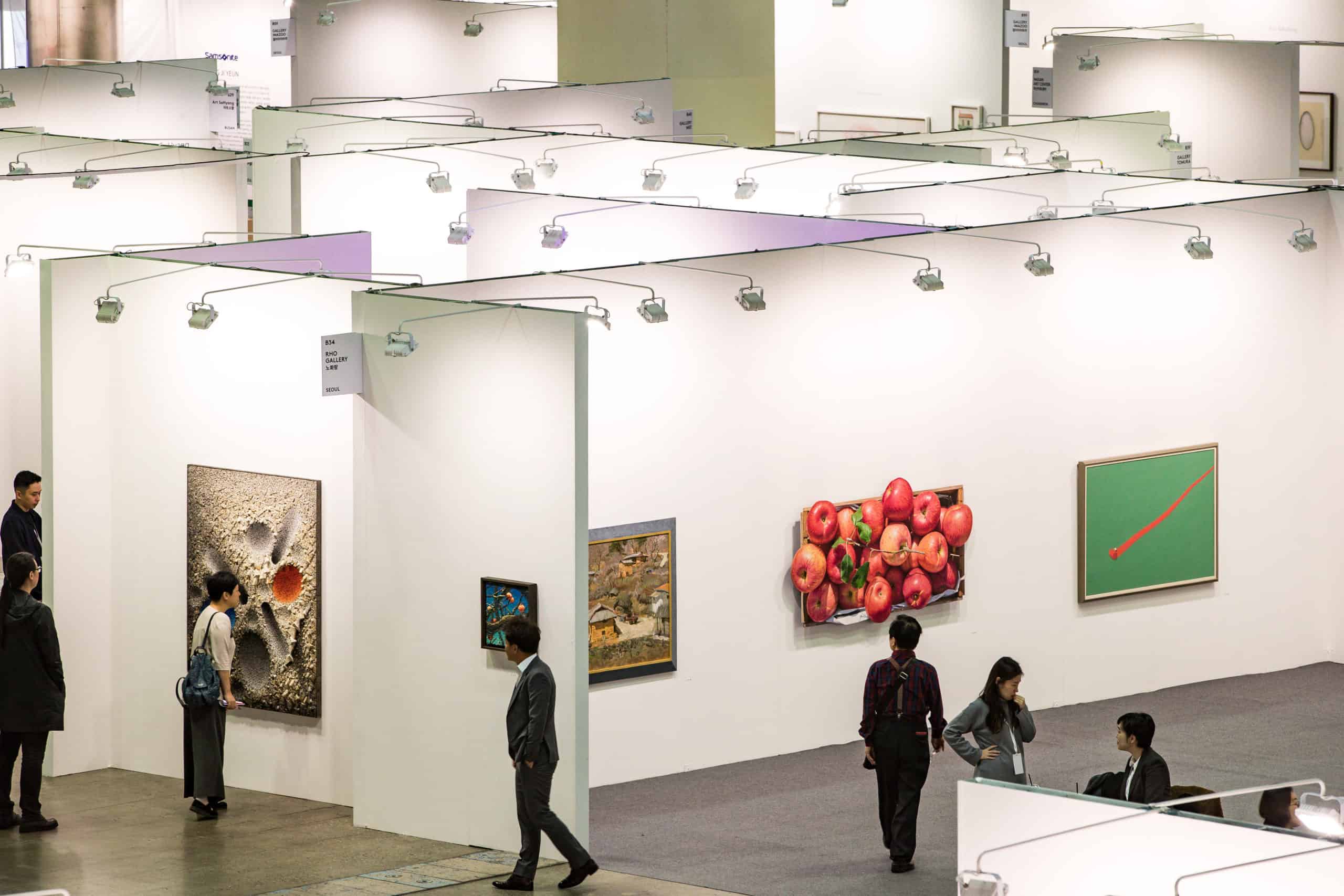Exhibitions and art fairs have been overlooked for too long, despite being a great place to network, promote your wares, and make sales. Of course, there are always creatives who don't know how to get their work seen at shows. When artists have all the information at their disposal, they may make a more calculated decision and take the plunge.
Exhibitions of art works were a fairly innovative phenomenon when they first began. Many artists gathered there to sell their artwork to the general public. Art exhibits not only suggest that random individuals will buy your work, but they also provide an easy opportunity to meet new clients and are recognized as a highly valued tradition in the contemporary art world. Although the online art market is thriving, unanticipated effects on museums and galleries have emerged. There is no requirement for a physical storefront when selling online. Finally, you’re presenting your work to people whose aesthetic views are different from your own. That means many people attending art shows are unlikely to be serious buyers. This article will guide you through setting up a booth at an art fair, whether it’s your first time or you’ve been away for a long time and need a refresher. Even if you don’t sell anything, there are various advantages to attending an art market.
Have all the equipment you need ready to go
After your work has been selected for an exhibition, it’s critical to check the rules and regulations to ensure your artwork is ready to be displayed. Make sure you have all the paperwork you need with you.
It’s essential to have a pleasant demeanor
Although the appearance of your booth is crucial, so is your manner; smile often and stand with your arms at your sides to give off an air of friendliness and interest.
Do not compel your customers to purchase
If a potential customer is inspired to contact you, you’re in luck. But many people would like to be left alone to think about your artwork. If you can’t tell how people feel, don’t worry about it; tell them you’re pleased to answer any questions they may have.
Use polite expressions to kick off your conversation
When receiving praise, a mere ‘thank you’ isn’t enough of an acknowledgment. Refrain from simply saying ‘thank you’ and instead share the background story that led to the creation of this piece of art. An emotional connection to a product makes consumers remember and value it.
Offer delivery
Drop shipping is an important part of getting ready for an art fair because it helps solve many common problems. People who go to art fairs, especially those held outside, are often just passing through. You can greatly increase your chances of making a sale by saying something like, “Don’t worry, I’ll set up an order on my tablet now, and the artwork will be sent to your house for free in a few days.” Customers won’t have to carry around their new purchases all day. Using this method, you can sell anywhere, at any time.
Now that you have it, you can email them
This is important if you want first-time customers to come back again and again. It’s a waste of time to just add new addresses and not check in until the next email is set to go out. Do not waste the chance to make a good first impression by waiting to greet them or giving them something.
In conclusion, every artist who is dedicated to their profession and willing to invest should exhibit at an art fair. The markets can be demanding but can pay off handsomely. There are long days and lots of chatting and connecting with others, but the people you meet and the sense of belonging to a community make it worthwhile.
Photo: jongkeun park/Shutterstock
You might also like:
Support us!
All your donations will be used to pay the magazine’s journalists and to support the ongoing costs of maintaining the site.
Share this post
Interested in co-operating with us?
We are open to co-operation from writers and businesses alike. You can reach us on our email at [email protected]/[email protected] and we will get back to you as quick as we can.









